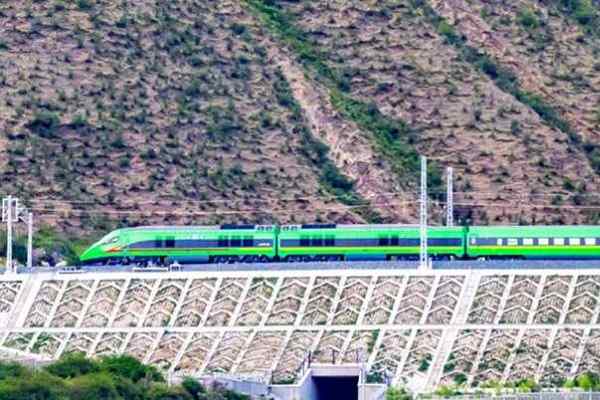 Saudi Arabia and Qatar Sign Landmark Agreement for Riyadh–Doha High-Speed Rail Link
Saudi Arabia and Qatar Sign Landmark Agreement for Riyadh–Doha High-Speed Rail Link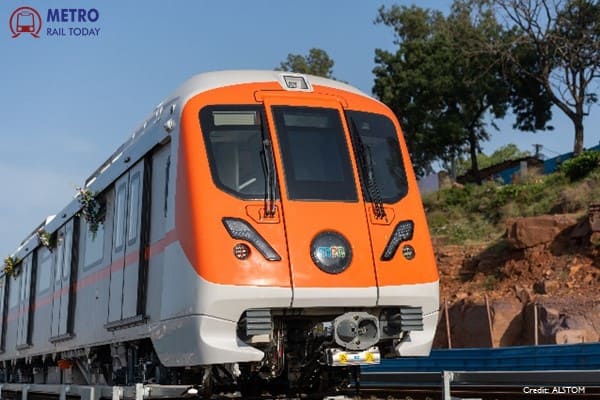 PM Narendra Modi to inaugurate Bhopal Metro operations on December 20, CMRS approval received
PM Narendra Modi to inaugurate Bhopal Metro operations on December 20, CMRS approval received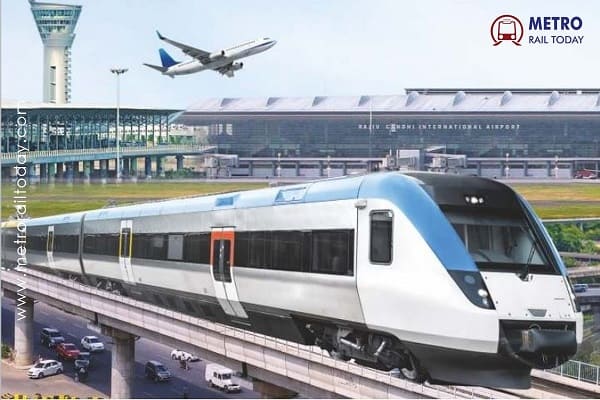 Centre orders NCRTC to prepare revised DPR for ₹20,637 crore Delhi-Noida Airport RRTS Corridor
Centre orders NCRTC to prepare revised DPR for ₹20,637 crore Delhi-Noida Airport RRTS Corridor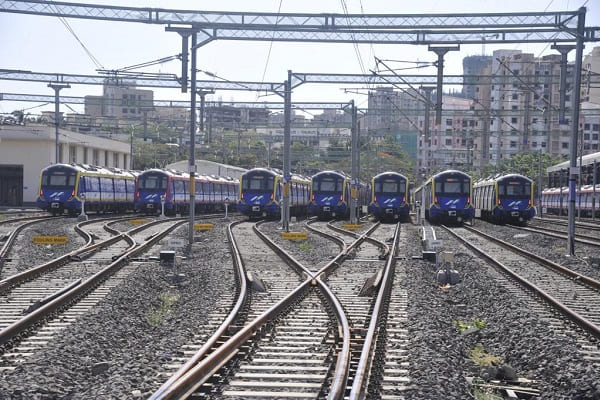 Mumbai Metro deploys Indigenous AI-Based Wheel Profile Monitoring System in Charkop Depot
Mumbai Metro deploys Indigenous AI-Based Wheel Profile Monitoring System in Charkop Depot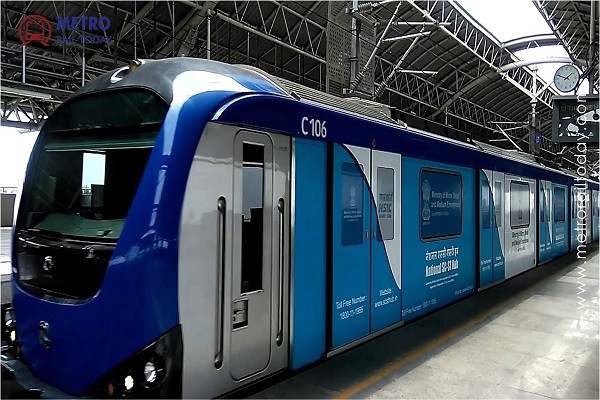 ADB approves $240 million loan to accelerate Chennai Metro Phase 2 Expansion
ADB approves $240 million loan to accelerate Chennai Metro Phase 2 Expansion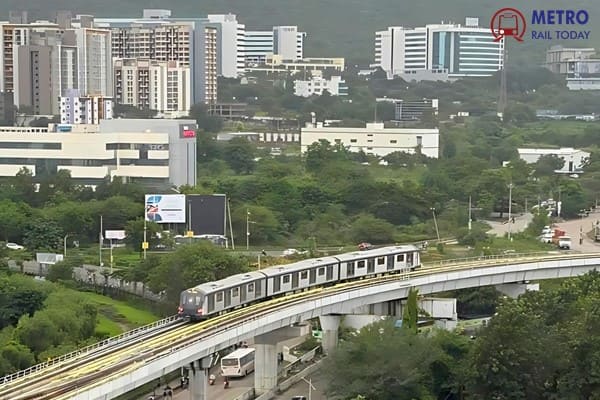 Kalpataru Projects-HG Infra Engg JV bags ₹1,415 Crore EPC Contract for Thane Metro Rail Project
Kalpataru Projects-HG Infra Engg JV bags ₹1,415 Crore EPC Contract for Thane Metro Rail Project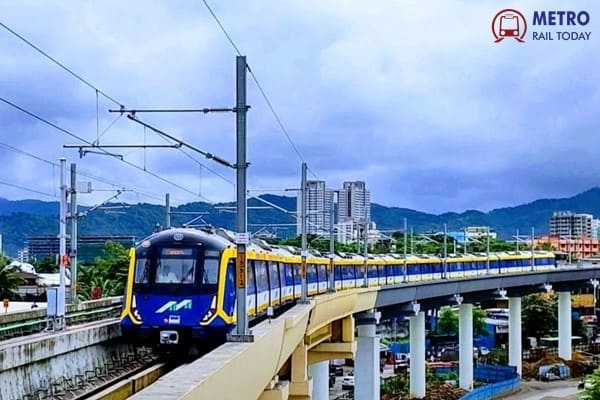 MAHA Metro floats ₹223.70 Crore Civil Tender for Six Elevated Stations of Thane Metro Rail Project
MAHA Metro floats ₹223.70 Crore Civil Tender for Six Elevated Stations of Thane Metro Rail Project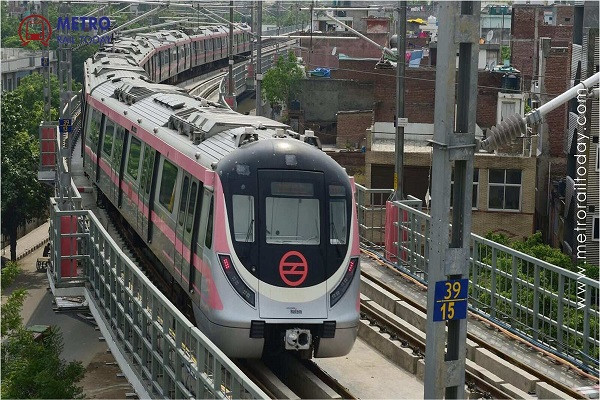 Construction begins on Delhi Metro Phase 4's Saket G Block–Lajpat Nagar Corridor
Construction begins on Delhi Metro Phase 4's Saket G Block–Lajpat Nagar Corridor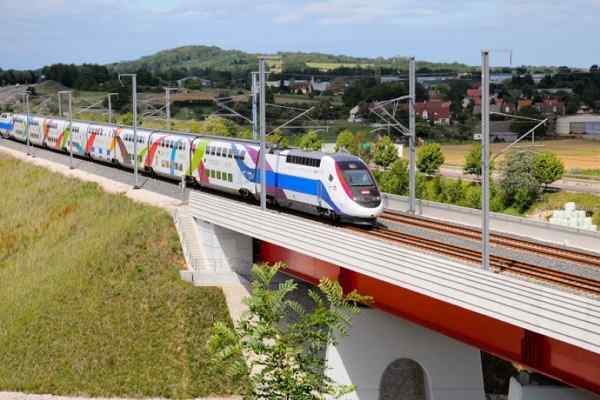 Kerala proposes RRTS as alternative to K-Rail Silver Line, Eyes faster clearances under Metro Policy
Kerala proposes RRTS as alternative to K-Rail Silver Line, Eyes faster clearances under Metro Policy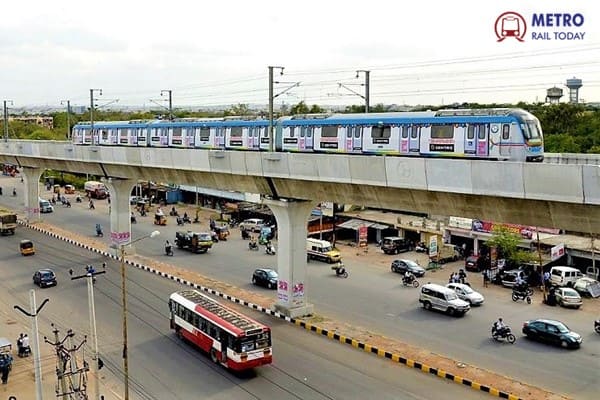 India’s Metro Rail Network crosses 1,080 km as Southern States drive expansion
India’s Metro Rail Network crosses 1,080 km as Southern States drive expansion
The High Cost of Low-Cost Infrastructure: Rethinking India’s Lowest One (L1) Syndrome
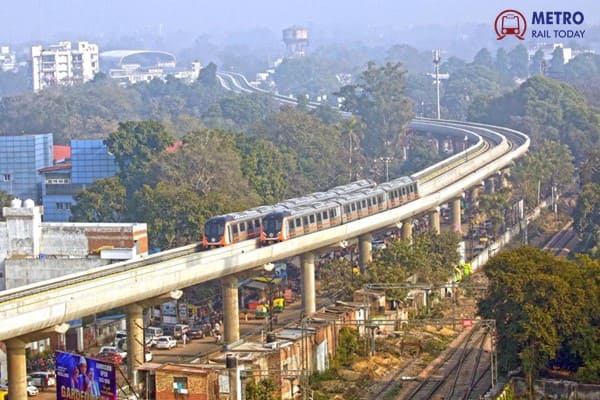
As India races towards its ambitious Viksit Bharat @2047 vision, its infrastructure development strategies are under intense scrutiny. At the heart of the issue lies a problematic legacy model—the overreliance on L1 (Lowest Bid) contracts, where cost trumps quality, innovation, and long-term sustainability. While this method may appear fiscally prudent at the outset, its long-term ramifications are proving costly—not just financially, but nationally.
This "low-cost syndrome" is not unique to India; however, its impact here is amplified due to the scale of development underway across metros, highways, logistics, and smart cities. The model, driven by upfront savings, often translates to compromised structural integrity, poor resilience, and suboptimal performance—raising a fundamental question: Is India building for today, or breaking tomorrow?
The Hidden Costs of the Lowest Bid
1. Compromised Quality and Safety
Awarding contracts purely on the basis of the lowest bid frequently results in corner-cutting on materials, engineering design, and project supervision. From collapsing flyovers to crumbling public buildings, India has witnessed tragic outcomes stemming from substandard execution.
In contrast, countries like Germany and Japan place quality and durability at the core of public procurement, often costing more initially but saving significantly in long-term performance and safety assurance.
2. Innovation Stifled by Frugality
The L1 model inherently discourages innovation. Advanced technologies—such as precast construction, modular engineering, or green building systems—require upfront investment. Under a lowest-cost regime, such forward-looking solutions are often sidelined, halting India's progress towards sustainable infrastructure.
Meanwhile, Nordic countries and South Korea have successfully embedded R&D clauses in infrastructure contracts to foster innovation as a contractual expectation rather than an optional luxury.
3. Unsustainable Maintenance Costs
What saves money today often bleeds resources tomorrow. Cheap construction leads to frequent maintenance, operational inefficiencies, and premature overhauls. The total life-cycle cost of such infrastructure far exceeds the initial savings made through the L1 route.
4. The Corruption and Compliance Conundrum
L1 bidding, due to its hyper-competitive nature, sometimes opens doors to underhand practices—bribery, subcontracting to unqualified players, or the use of low-grade materials—leading to both ethical and functional breakdowns in project execution.
5. Blind Spots in Risk and Resilience
Many low-cost contracts are awarded with inadequate risk assessments, failing to account for site-specific conditions or environmental vulnerabilities. In a climate-sensitive era, this oversight leads to escalating costs in delays, redesigns, and rebuilds.
6. Sustainability Sacrificed
India's commitment to climate goals and its COP pledges demand low-carbon, energy-efficient, and green infrastructure. However, many such solutions are priced out under L1 bidding, where short-term savings override long-term environmental imperatives.
7. Exclusion of Local Enterprises
Small and medium local contractors, who might offer better contextual solutions, often lose out to large firms willing to absorb losses to win bids. This undermines local economic ecosystems and job creation, diluting the developmental impact of infrastructure projects.
8. A Threat to the National Vision
The cumulative result? A silent but significant national loss—as taxpayer money is invested in projects that deteriorate faster, require more funding to maintain, and ultimately fail to serve the country’s developmental vision sustainably.
Rethinking the Way Forward
India must shift from a price-only procurement culture to a value-based infrastructure development ecosystem. The following reforms are not only necessary—they are urgent:
1. Best-Value Procurement (BVP)
This global best practice evaluates bids on technical expertise, quality, sustainability, and life-cycle performance, alongside cost. The World Bank, the EU, and several developed nations now mandate BVP in public projects.
2. Life-Cycle Costing (LCC)
Procurement policies must consider operational, maintenance, and environmental costs over the full project life span. This holistic view discourages poor-quality, short-lived construction in favor of durable, maintainable assets.
3. Innovative Contracting Models
Models like Public-Private Partnerships (PPP), Hybrid Annuity Models (HAM), and Integrated Project Delivery (IPD) have shown better outcomes in complex projects. They align private incentives with public outcomes and allow for shared innovation risks.
4. Robust Quality Assurance Mechanisms
Real-time quality monitoring, third-party audits, and digital supervision tools like BIM (Building Information Modelling) and Digital Twins can be mandated to ensure adherence to specifications.
5. Accountability Frameworks
Contracts must have clear legal obligations for contractors, consultants, and government officials, with penalties for cost overruns, failures, or safety breaches. Institutional accountability is key to cultural change.
Building a Resilient Bharat: From Low Cost to High Impact
India is at a critical juncture. With trillions earmarked for infrastructure in the coming decades, it must choose wisely between short-term affordability and long-term prosperity.
What we build today will shape the lives of generations. Let’s not cut corners when we should be laying strong foundations. The real cost of L1 isn’t just financial—it’s the cost of missed potential, public trust, and national resilience.
If Viksit Bharat @2047 is to be more than a slogan, India must rethink its procurement ethos—from Lowest Cost to Longest Value.







